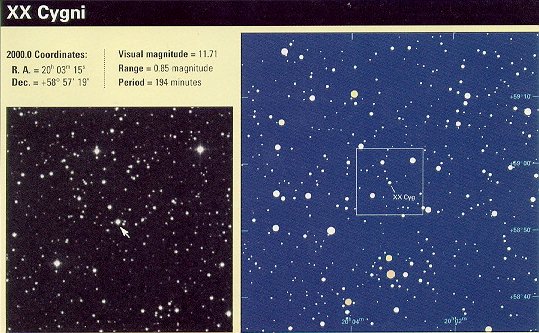
The first goal of this group at the VSA Ď97 was tracking NEOs (Near Earth Objects) with a CCD camera. Using astrometric and photometric methods we were planning to determine the following: the asteroids orbit, period of rotation and direction of rotation. The first night of observation we didnít succeed in finding the asteroid 1997 BR, because of telescope tracking problems. The following day we found out via Internet about the asteroid 1997 MD10 dicovered on July 26, 1997 and decided to track it down. Unfortunately our attempts were a failure due to the high concentration of stars in the region where our relatively faint (18.5) asteroid was supposed to be (Sagittarius). After that, we concluded that our equipment and observing conditions were to bad for NEOís. We decided to start working on creating the light curve of a variable star.

Group members:
- Krunoslav Komugovic
- Sanja Korica
- Lada Krilov
- Ranko Radonic
- Giovanni Sostero